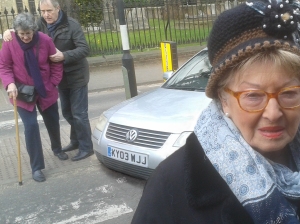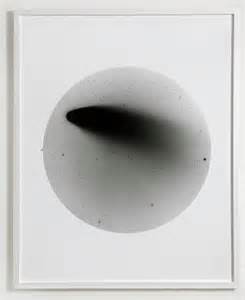
In Barthes essay, ‘Rhetoric of the image’ he uses photographs used for advertisements as an example of his argument. Referring to an advert for Italian ‘Panzani’ pasta and salsas he describes the image as having a language that can be read, he suggest that by analysing the picture, three messages can be deduced: a linguistic message, a coded iconic message, and a non-coded iconic message.
Coded and non-coded iconic messages can be mixed together and they are visual queues often learned through cultural experiences.
A linguistic message is a message in text that accompanies the picture and this takes two forms ‘anchor’ and ‘relay’.
Anchoring is the most common and is commonly used for both advertising and press photography. This is a form of text that anchors the meaning of the image to a written message of the advertisement or the news story.
Relay, is not so commonly used, it is often used for complementary relationships between fragments of text and images. For example an appropriately complementing photograph to a section of text from a poem. This type of message allows the picture and text to interact with each other. A picture of a green field dotted here and there with red poppies and a short section of a war poem suggests that the image reflects the text and the text reflects the image. The image already has connotations of war and remembrance as does the chosen passage from a poem.
The denoted image. Barthes writes that the denoted image for a photograph is a message without a code, the photograph is able to transmit the literal information but a drawing must first follow rules which even when denoted is still a coded message. A drawing requires a certain amount of training thus introducing style as a second cultural coded message. The photograph simply denoting the relationship of nature and a single culture coded message from the image itself.
Rhetoric of the image. In an image rhetoric is the message based on cultural and educational experiences that communicate to the viewer at different levels based on education and life’s experiences this is done at an unconscious level. Objects that can be recognised as symbols for example the net bag holding the Penzani pasta products suggesting to some connotations of a fishing net or harvesting together a meal, tomatoes, peppers, mushrooms, connotations of the Italian flag, fresh healthy meal, etc.































































































